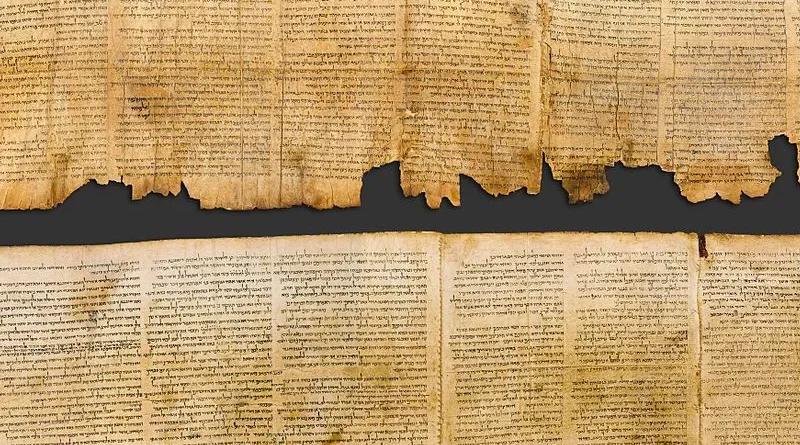Deciphering the Dead Sea Scrolls: A Window into Ancient Times
Introduction
The Dead Sea Scrolls are among the most significant archaeological discoveries of the 20th century. They provide a profound connection to the ancient world and offer a deeper understanding of the religious texts that shape our lives today. They have informed our interpretation of the bible, inspiring scholars to revisit interpretations and everyday people to search for a meaningful bible verse for today. In this article, we will dive deep into the enigmatic world of the Dead Sea Scrolls.
The Discovery of the Dead Sea Scrolls
The first of the Dead Sea Scrolls were discovered in 1947 in the arid wilderness of the Judaean Desert, near the northern edge of the Dead Sea. A young Bedouin shepherd, while searching for a lost goat, stumbled upon a hidden cave containing large clay jars. Inside these jars were scrolls that turned out to be thousands of years old. This remarkable find marked the beginning of an extensive archaeological exploration that uncovered eleven caves and a wealth of ancient artifacts, most notably the Dead Sea Scrolls.
The Composition and Content of the Scrolls
The Dead Sea Scrolls comprise nearly 900 different documents, created between the third century BC and the first century AD. They are made from a variety of materials, primarily animal skin (parchment), but also papyrus and one in copper. The scrolls are written predominantly in Hebrew, with some texts in Aramaic and a few in Greek.
The content of the scrolls is incredibly diverse, covering a wide range of themes and topics. The majority of them are religious texts, including copies of books from the Hebrew Bible (or Old Testament) and documents related to Jewish laws, customs, and beliefs. Intriguingly, there are also several “sectarian” texts that reflect the beliefs and practices of a specific religious community, widely thought to be the Essenes. These unique texts have provided scholars with a fresh perspective on the religious diversity and debates of this period.
The Significance of the Dead Sea Scrolls
The Dead Sea Scrolls are significant for multiple reasons. They are the oldest known copies of the Hebrew Bible, predating other copies by about a thousand years. As such, they have played a vital role in biblical scholarship, providing insights into the process of how the Bible was copied and transmitted across generations.
Moreover, the scrolls offer a rich source of information about the diverse beliefs, practices, and expectations of Jews during the Second Temple period (516 BC to 70 AD), a crucial era in the history of Judaism and the time of Jesus. By illuminating the religious, cultural, and political context of this period, the scrolls help us better understand the origins of both Rabbinic Judaism and early Christianity.
The Preservation and Study of the Scrolls
Ensuring the preservation and accessibility of the Dead Sea Scrolls has been a priority since their discovery. Many of the scrolls were fragmented over time, resulting in a challenging and complex puzzle for scholars to piece together. Thanks to advances in digital technology, the scrolls have been digitally scanned, allowing for detailed analysis and helping preserve them for future generations.
The study of the Dead Sea Scrolls is a vibrant field of research. Scholars from around the world continue to analyze the texts, striving to unlock their secrets and enhance our understanding of the past. The scrolls remind us that each new discovery, each “bible verse for today,” adds a layer to the rich tapestry of human history.
Conclusion
The Dead Sea Scrolls remain a testament to the complexity and diversity of ancient religious thought. They serve as an important link to our past, helping us to contextualize religious and historical narratives. Their discovery, preservation, and ongoing study continue to shape our understanding of the ancient world, offering invaluable insights into the roots of religious traditions that still resonate in the lives of many people today.



